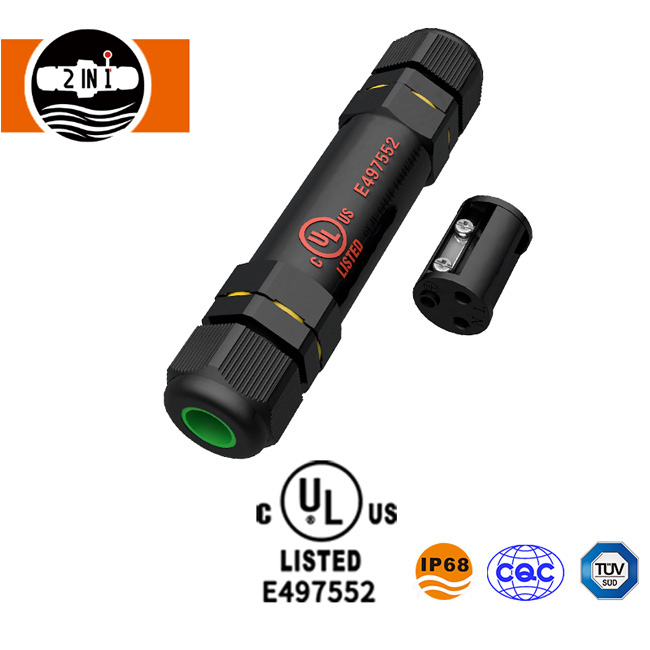Screw Connector: Precision Engineering Hidden in the Thread
2025-07-28
Imagine holding an inconspicuous screw in your hand. This thing is much more complicated than you think. The screw connector is essentially a cylinder with a "tattoo", but it allows two pieces of metal to fit together like a puzzle.
Dissecting the sparrow to see the structure
Thread part: This is where the soul is. There are two types: left-handed and right-handed. Clockwise tightening is called right-handed thread (suitable for most people), and counterclockwise tightening is called left-handed thread (often used in special occasions to prevent loosening). The shape of the "teeth" of the thread is also particular, with triangles, trapezoids, and serrated shapes each having their own functions.
Bare rod part: The smooth area not covered by the thread is professionally called "unthreaded rod". This area determines how deep the screw can be screwed in, just as important as the gear position of a car.
Head shape: Hexagonal head is suitable for wrench operation, cross head is convenient for screwdriver, and round head is beautiful. Some high-end connectors will also engrave the production batch number on the head, just like the identity card of the screw.
Tail design: The pointed tail is like an awl and can drill holes by itself, while the flat tail needs to be pre-drilled. Have you seen a screw with a hole at the tail? That is a "through screw" for easy threading.

Working principle revealed
When the screw is turned, the thread is like a slope, and it "climbs" a step with each turn. Two magical forces are generated in this process:
Axial force: Pressing two parts tightly together is like giving them "CPR"
Torque conversion: 70% of the force of your hand turning is converted into tension to tighten the parts
Particularly interesting is the self-locking phenomenon - when the thread angle is designed properly, the screw will automatically get stuck after you let go. This principle is used in aircraft engines to prevent high-speed vibration from causing the screws to loosen.
Cold knowledge in use
Threaded connection is actually a dynamic process, which will expand and contract with temperature changes
Tightening too much will weaken the connection strength. There is a professional term called "over-tightening"
Stainless steel screws will be "cold welded" together in a humid environment and may be directly broken when disassembled
Don't underestimate the simple screw connector. From mobile phone motherboards to space shuttles, it can be found everywhere. Next time you tighten a screw, think about how many engineers' wisdom is hidden in this small thread.
As a professional manufacturer and supplier, we provide high-quality products. If you are interested in our products or have any questions, please feel free to contact us.


